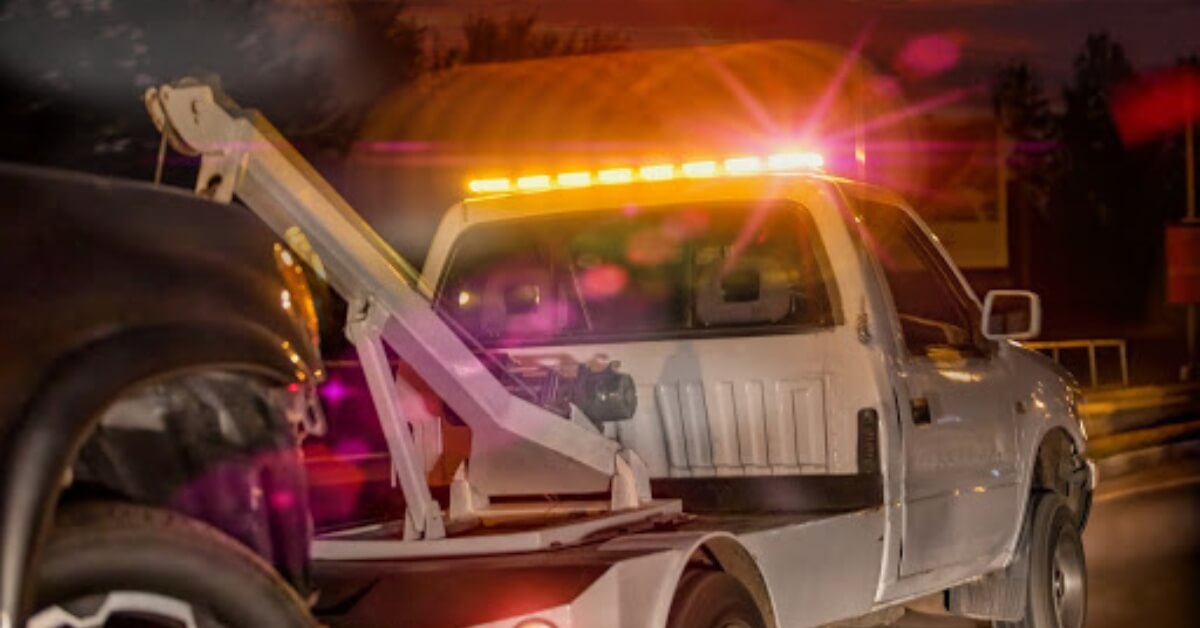
When it comes to towing services, not all vehicles require the same level of expertise or equipment. Understanding the differences between light duty towing experts, certified medium duty tow service, and heavy-duty towing can help you choose the right service for your needs. Whether you’re dealing with a small sedan, a medium-duty truck, or a massive commercial vehicle, selecting the appropriate towing solution ensures safety, efficiency, and cost-effectiveness.
In this comprehensive guide, we’ll break down the key differences between medium, light, and heavy-duty towing, helping you make an informed decision when you need professional assistance.
What Is Light Duty Towing?
Light-duty towing is designed for smaller vehicles, such as:
-
Sedans
-
SUVs
-
Small pickup trucks
-
Motorcycles
Professional Light duty towing experts use flatbed tow trucks or wheel-lift tow trucks to transport these vehicles safely. Since these vehicles are relatively lightweight (usually under 10,000 lbs), standard tow trucks can handle them without specialized equipment.
When Do You Need Light Duty Towing?
-
Vehicle breakdowns
-
Accidents involving small cars
-
Illegal parking removals
-
Transporting motorcycles
What Is Medium Duty Towing?
Medium-duty towing bridges the gap between light and heavy-duty services. It’s ideal for larger vehicles that exceed the capacity of light-duty towing but aren’t as massive as those requiring heavy-duty solutions.
A local medium duty tow service typically handles:
-
Box trucks
-
Large vans
-
Delivery trucks
-
Small buses
-
RVs (some models)
These vehicles usually weigh between 10,000 to 26,000 lbs, requiring stronger tow trucks with enhanced hydraulic systems and reinforced frames.
When Do You Need a Local Medium Duty Tow Service?
-
Commercial truck breakdowns
-
Towing small buses or shuttles
-
Moving large work vans
-
Transporting medium-sized RVs
What Is Heavy Duty Towing?
Heavy-duty towing is reserved for the largest and heaviest vehicles, including:
-
Semi-trucks
-
Tractor-trailers
-
Construction equipment
-
Large buses
These vehicles often weigh over 26,000 lbs, requiring specialized wreckers, rotators, or even multiple tow trucks for safe transport. Heavy-duty towing involves advanced rigging techniques and highly trained operators.
When Do You Need Heavy Duty Towing?
-
Semi-truck accidents
-
Large machinery transport
-
Oversized load recovery
-
Towing industrial equipment
Key Differences Between Light, Medium, and Heavy Duty Towing
Why Choosing the Right Towing Service Matters
Selecting the wrong towing service can lead to:
-
Vehicle damage (if the tow truck isn’t rated for the weight)
-
Safety hazards (improper towing techniques can cause accidents)
-
Higher costs (using heavy-duty services for a small car is unnecessary)
For smaller vehicles, light duty towing experts are the best choice. For mid-sized commercial vehicles, a local medium duty tow service ensures proper handling. And for massive rigs, only heavy-duty towing will suffice.
FAQs About Light, Medium, and Heavy Duty Towing
1. Can a Light Duty Tow Truck Tow a Medium Duty Vehicle?
No, attempting to tow a medium-duty vehicle with light-duty equipment can cause damage to both the tow truck and the vehicle being towed. Always use the appropriate service.
2. How Do I Know If I Need a Local Medium Duty Tow Service?
If your vehicle is a large van, box truck, or small bus, check its weight. If it’s between 10,000–26,000 lbs, a local medium duty tow service is necessary.
3. What’s the Most Common Use for Heavy Duty Towing?
Heavy-duty towing is most often used for semi-trucks, large construction equipment, and other oversized vehicles that standard tow trucks cannot handle.